Swamps are mysterious and alluring ecosystems that teem with life. Often shrouded in mist and legends, these wetlands provide a refuge for some of the most deadly creatures in the United States. While beautiful and vital to the environment, swamps can be perilous to those unaware of the potential dangers lurking within. Whether you are an adventurer seeking the thrill of nature or simply a lover of wildlife, understanding the deadliest animals in American swamps is crucial. Let’s dive into the murky waters and explore the formidable inhabitants of these mysterious ecosystems.
Alligators: The Iconic Predators

Alligators are synonymous with swamp life in the southern United States. These reptiles can grow over 12 feet long and weigh over 1,000 pounds. Known for their powerful jaws and stealthy nature, alligators are opportunistic predators that primarily feed on fish, birds, and mammals. They can remain nearly motionless in the water, often mistaken for floating logs, until they spring into action with surprising speed. Although attacks on humans are rare, alligators can be highly dangerous if provoked or threatened.
Eastern Diamondback Rattlesnakes: Stealthy Venomous Threats

Eastern Diamondback Rattlesnakes are the largest venomous snakes in North America and are often found in the southeastern swamps. Their patterned skin provides excellent camouflage among the fallen leaves and vegetation. Equipped with long, retractable fangs, these snakes deliver a potent hemotoxic venom that can cause severe pain, tissue damage, and could be fatal without prompt medical treatment.
Water Moccasins: Masters of Ambush
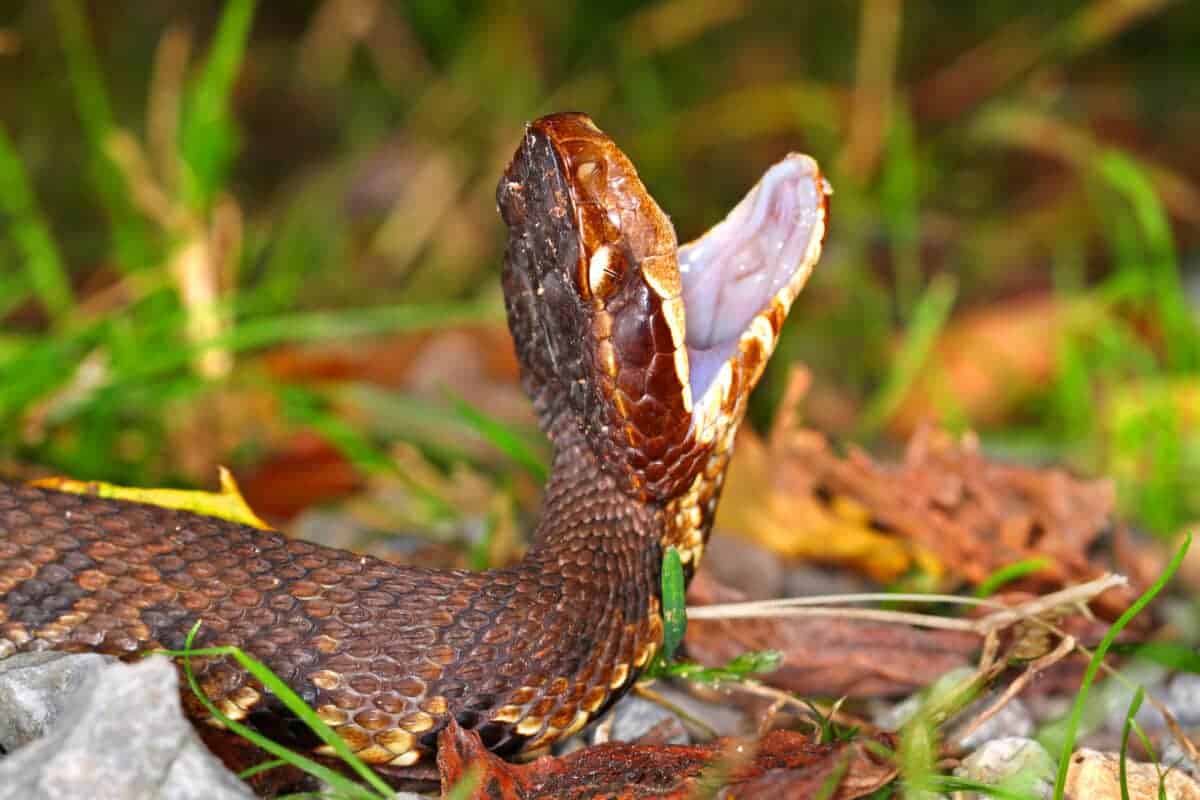
Also known as the cottonmouth due to the white lining of their mouths, Water Moccasins are venomous snakes that thrive in swampy areas. These snakes are aggressive when threatened and can deliver a painful bite. Their venom contains anticoagulant properties, causing intense pain and swelling. Despite their fierceness, Water Moccasins are an essential part of the ecosystem, controlling rodent and fish populations.
American Crocodiles: Rare but Dangerous

Less common than their alligator kin, American crocodiles inhabit the southern swamps of Florida. These crocodiles can be larger than alligators and are known for their more aggressive nature. Distinguished by their V-shaped snouts, American crocodiles are potent predators but usually shy away from human contact. Nevertheless, their powerful bites are something to be wary of should you ever find yourself in their territory.
Bull Sharks: Unseen Underwater Hunters
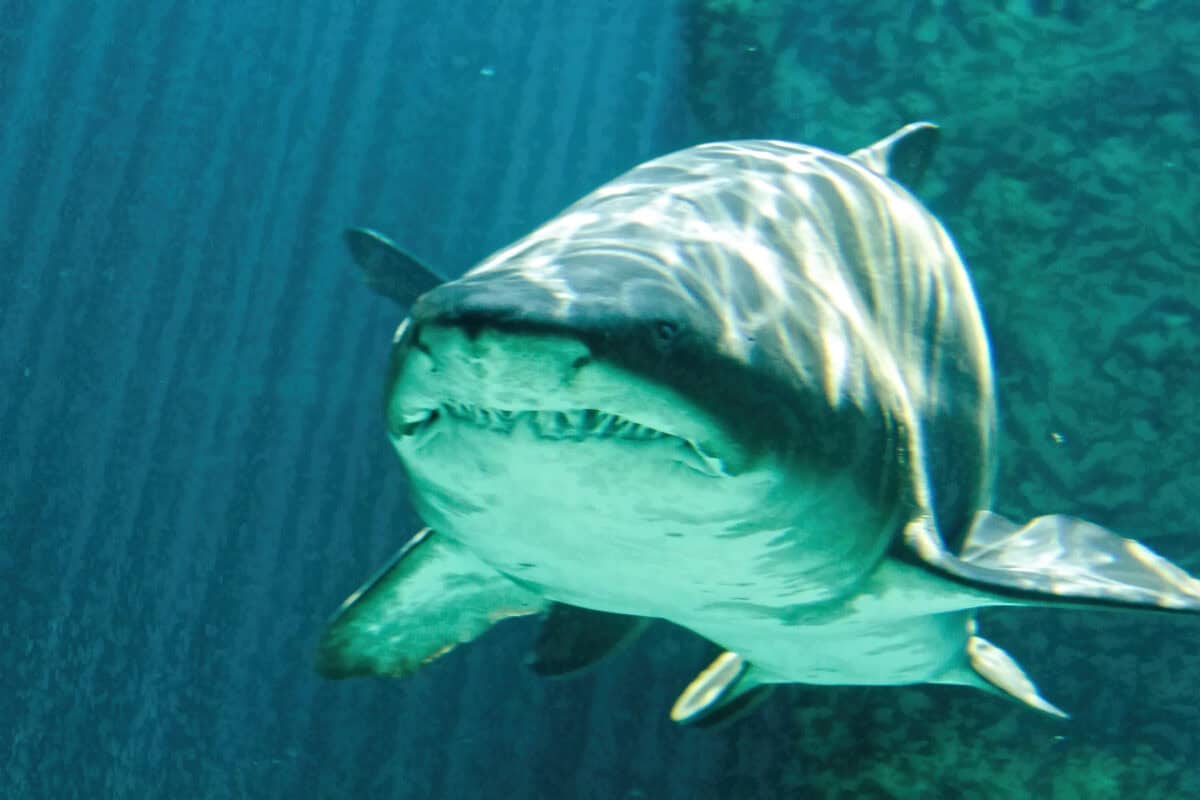
Bull sharks are unique predators as they can thrive in both salt and fresh waters, including the brackish waters of swamps. These sharks are notorious for their aggressive behavior and are responsible for many unprovoked attacks on humans worldwide. Though usually found in deeper waters, they can venture into swamps, especially during breeding season, posing a danger to unsuspecting swimmers.
Black Bears: Unexpected Visitors
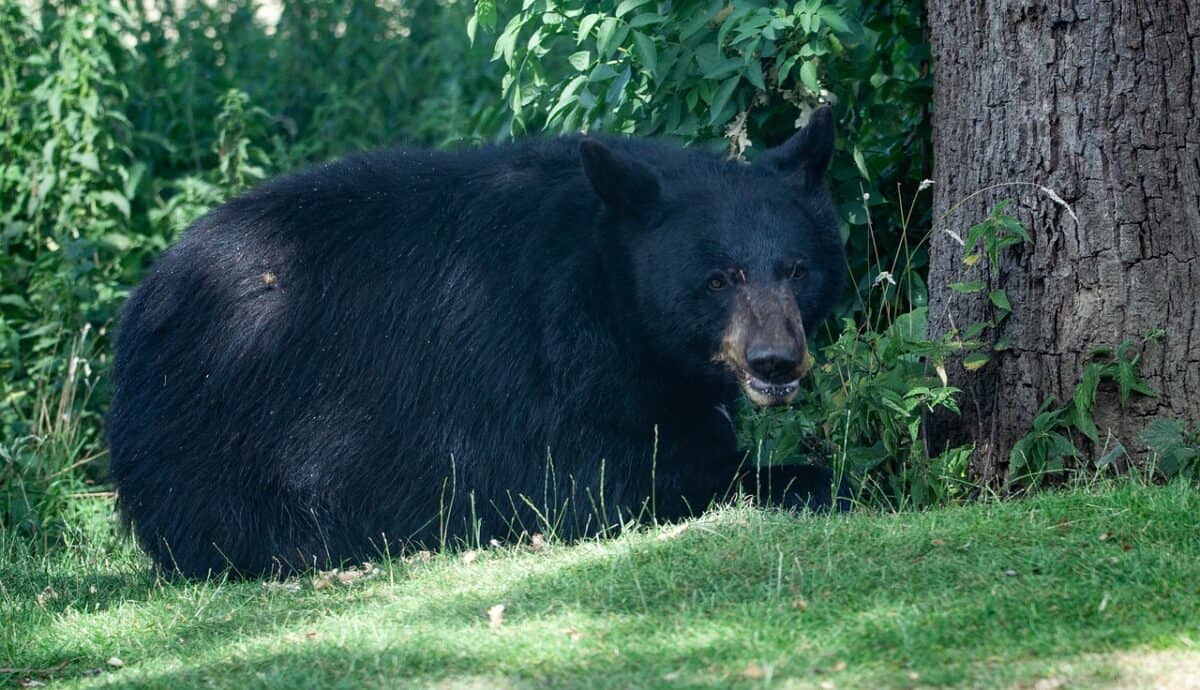
While primarily inhabiting forests, Black Bears can occasionally be found in swamp regions. Though not typically aggressive, they are powerful creatures capable of inflicting serious harm if threatened or if they perceive their cubs to be in danger. Swamps provide berry-rich environments and other food sources, making them a temporary home for these bears.
Wild Boars: Ferocious Foragers

Wild boars are not native to America but have become a prominent presence in swamp ecosystems. These formidable animals are known for their territorial nature and can charge aggressively, using their tusks as weapons. With strong social structures, they travel in groups, making encounters potentially hazardous for humans and other wildlife.
Venomous Centipedes: Tiny but Toxic

Swamps are home to various poisonous insects, including several species of venomous centipedes. While their bites are rarely fatal to humans, they can cause immense pain, swelling, and allergic reactions. These centipedes mostly prey on other insects but will defend themselves aggressively if handled.
Snapping Turtles: Tricky Underwater Threats
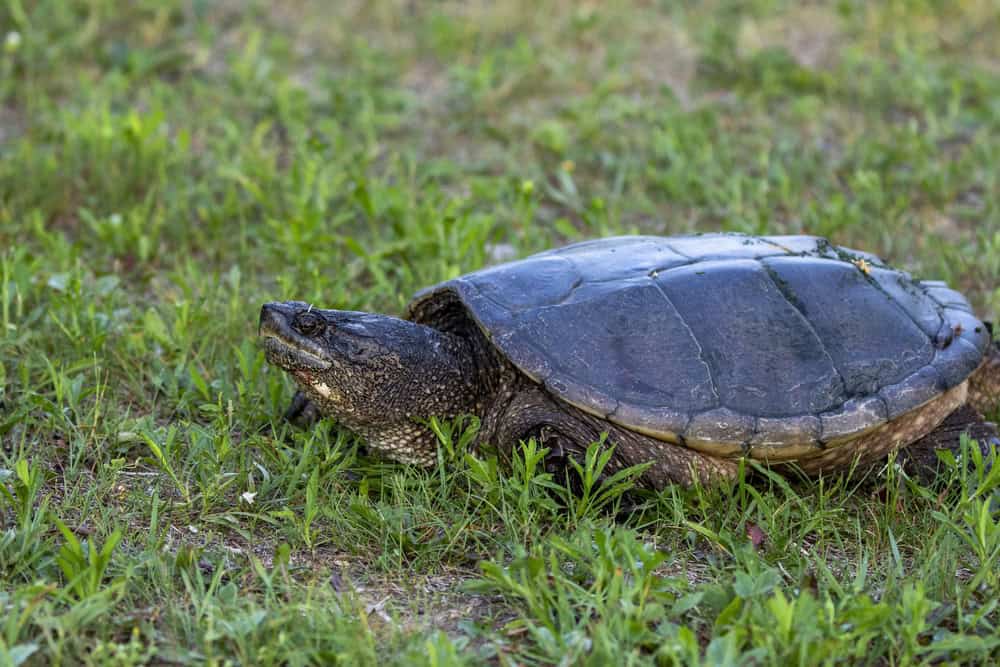
Common snapping turtles are widely found in swampy areas, recognizable by their large size and strong beaks. While generally elusive and preferring to ambush prey like fish, birds, and amphibians, they can exhibit aggressive behavior when provoked or defending their territory. Their powerful bites can deliver cuts and bruises that require medical attention.
Bobcats: Stealthy Predators

Bobcats may not be the first animals that come to mind when thinking about swamps, but these agile and elusive felines can indeed be found in these habitats. Capable of hunting a range of prey, from small rodents to larger mammals, bobcats are skilled predators. Though they avoid human interactions, they are capable of defending their territory fiercely if necessary.
Poison Dart Frogs: Tiny but Lethal

Most poison dart frogs are native to South America but can also be found in the swampy areas of southern Florida. These frogs are renowned for their vibrant coloration and potent toxins that can paralyze or even kill predators. They stand as a striking reminder of the deadly balance of beauty and danger found in swamps.
Feral Hogs: Destructive Invaders

Feral hogs, like wild boars, were introduced to the Americas and have since become destructive, invasive pests. They damage ecosystems through their rooting behavior, which disrupts native plant life, and they can harbor diseases transferable to both wildlife and humans. Despite being less aggressive than boars, they can be unpredictable when approached, especially in groups.
Conclusion: Respect and Caution in Swamplands
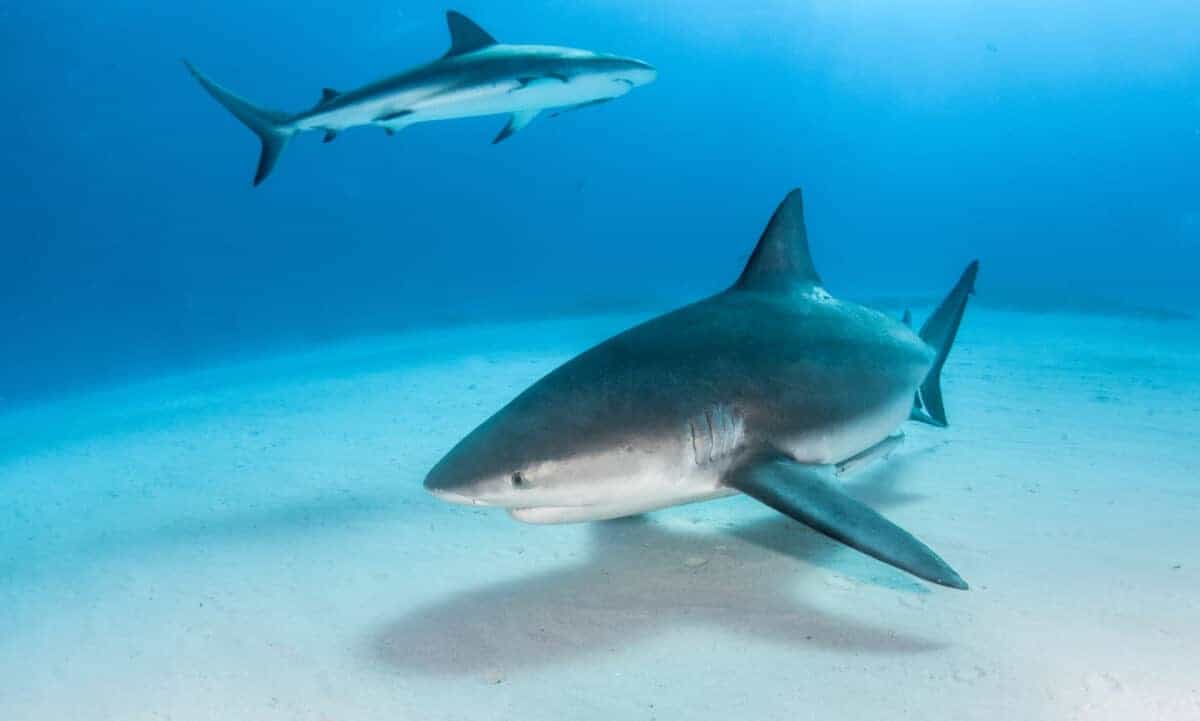
Swamps are unique ecosystems with a diverse range of wildlife, some of which can pose severe threats to humans. Understanding the behaviors and habitats of these deadly creatures enhances our respect for the natural world and ensures safer interactions. While these animals play critical roles in their environments, caution and preparedness are essential when navigating these mystifying wetlands. By appreciating the power and beauty of swamp life, we can coexist responsibly with these formidable creatures.
- How Penguins Take Turns at Sea and Nest to Raise Chicks - August 9, 2025
- Dolphin Brains Compare to Those of Apes and Humans - August 9, 2025
- 14 Cutting-Edge Biotech Innovations That Will Shape the Future - August 9, 2025

